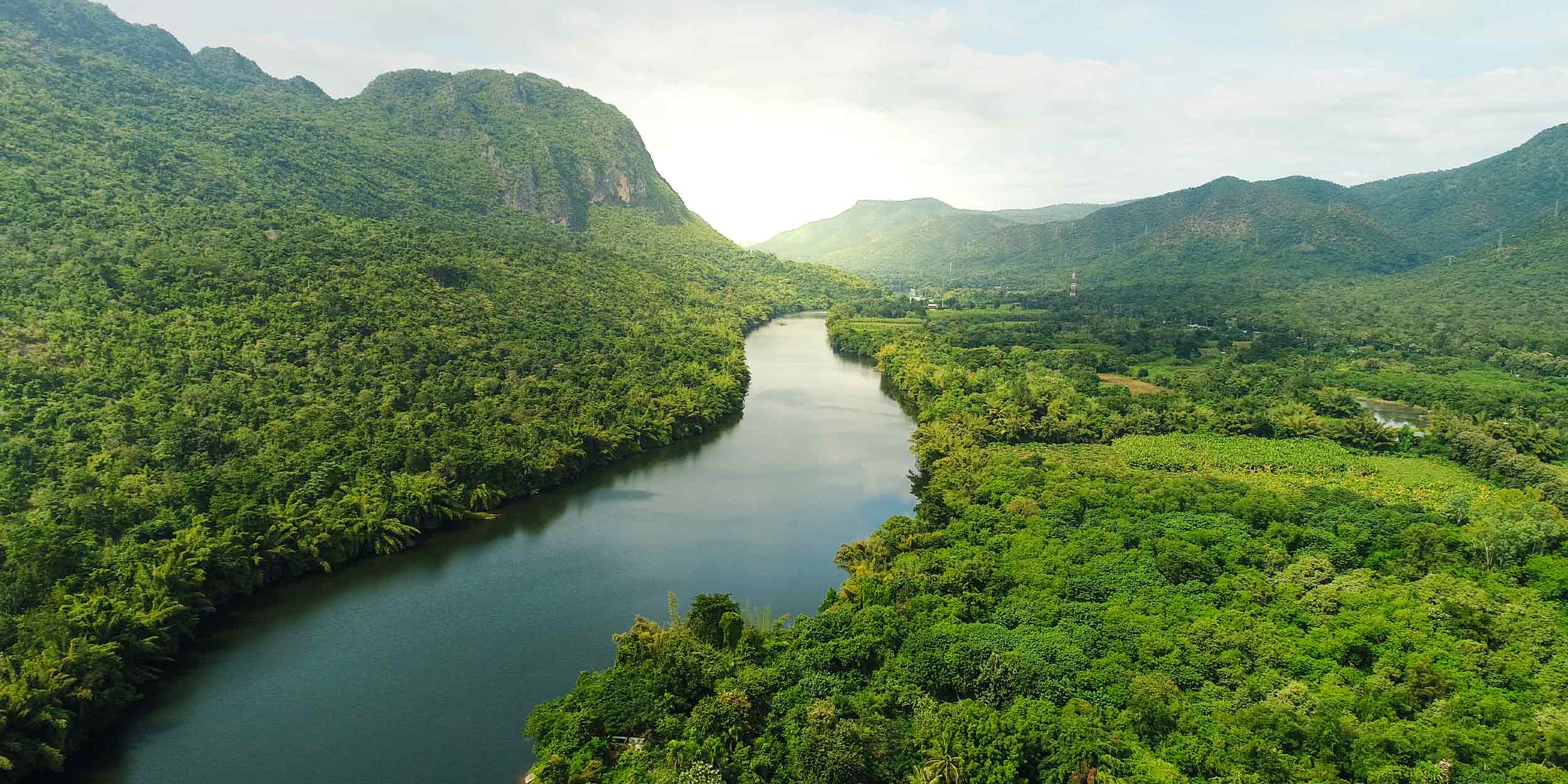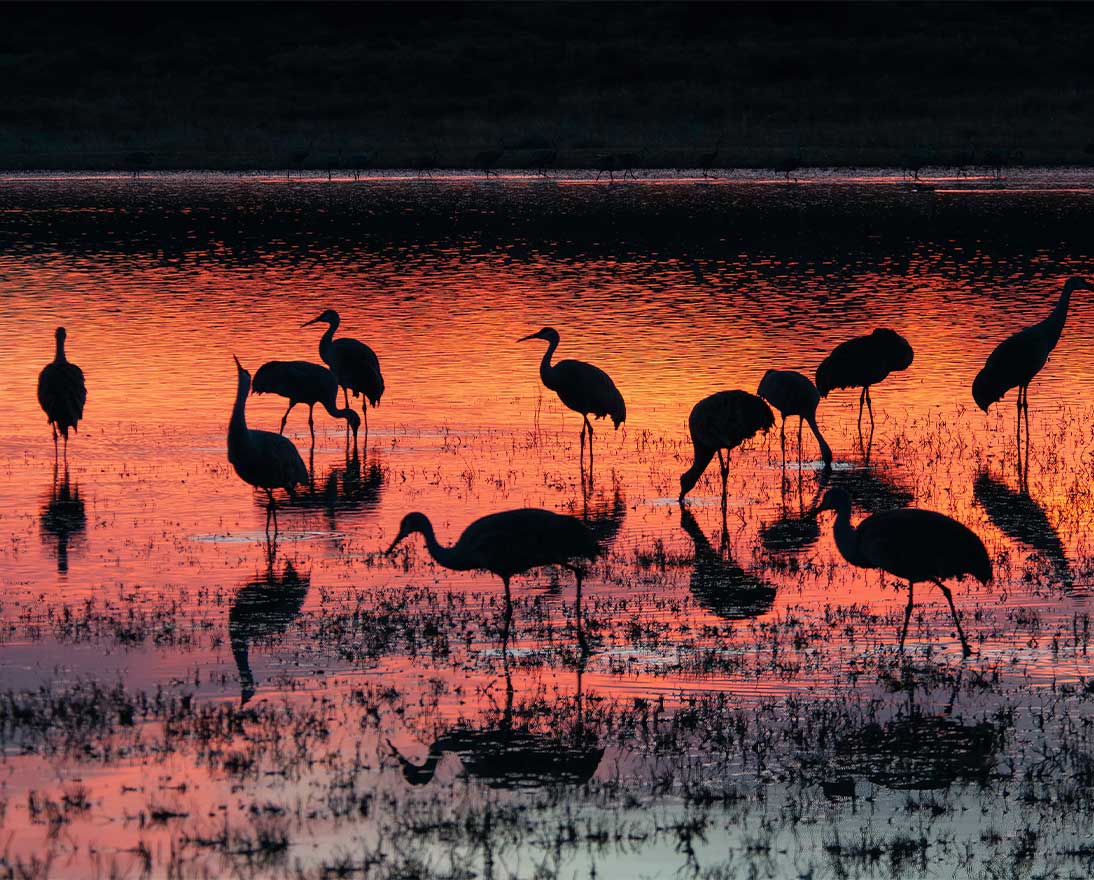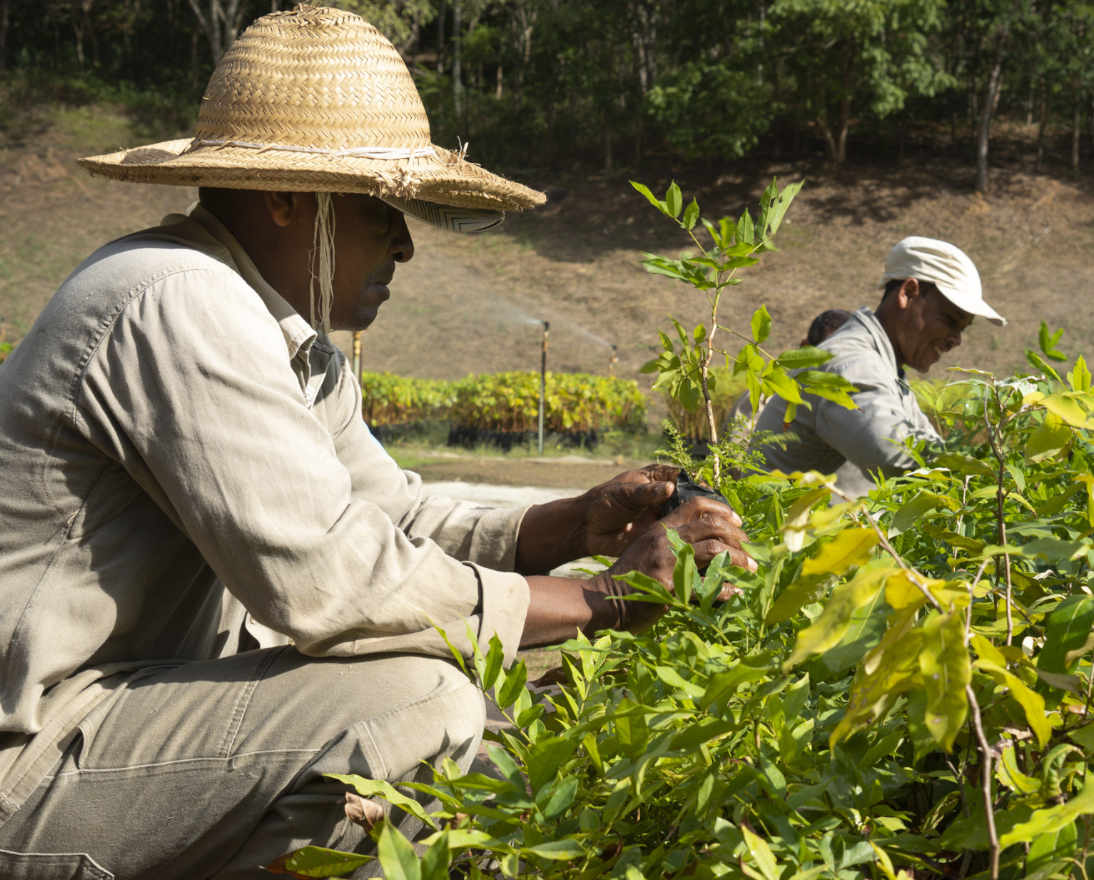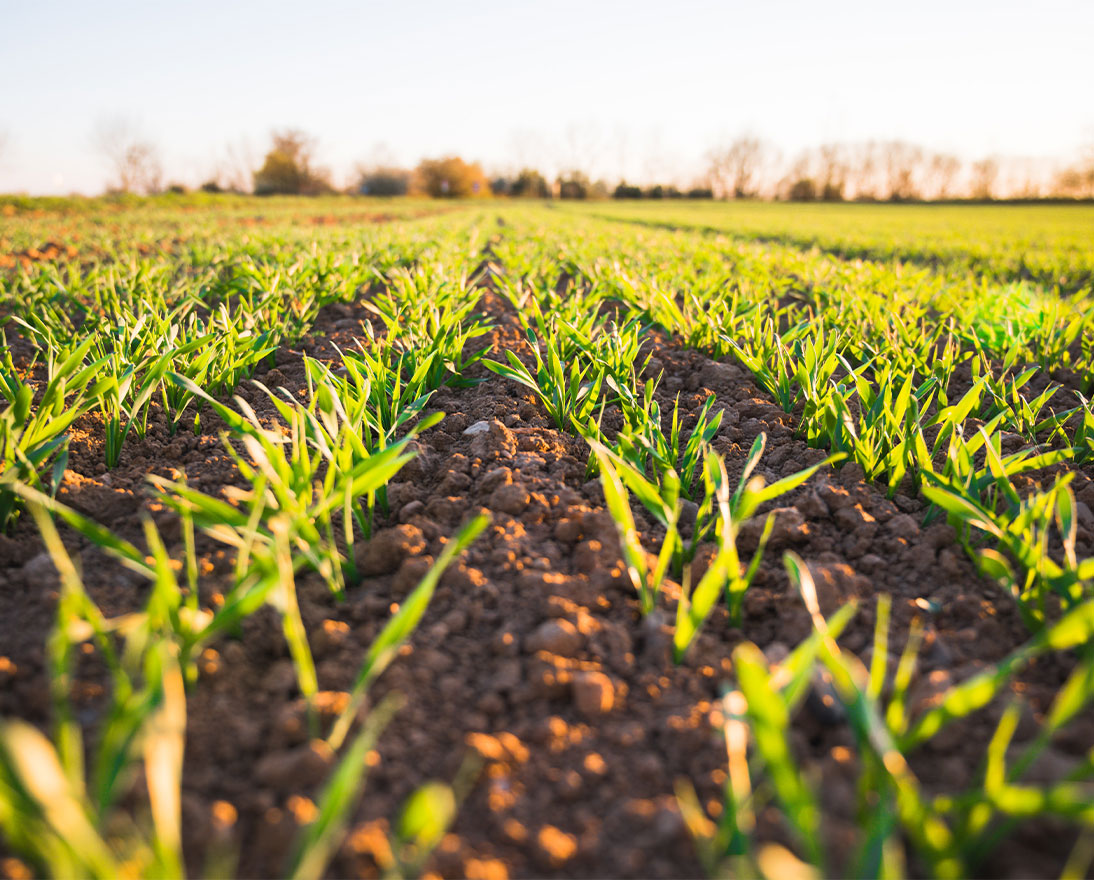Can nature help us get to net-zero and tackle climate change?
Climate resilienceArticleSeptember 15, 2022
With her ability to absorb and store CO2, Mother Nature can be a great ally in the fight against climate change. But if her biodiversity continues to be destroyed and her ecosystems degraded then Mother Nature may turn on us instead.
Let’s be realistic. While we must do all we can to minimize levels in the atmosphere, we are never going to eliminate all carbon emissions. Many industries are difficult to decarbonize due to their need for extreme heat in blast furnaces – like iron, steel and glass manufacture. Others, like cement production, rely on a chemical reaction that produces carbon dioxide (CO2) as a by-product. Meanwhile the technology required to decarbonize shipping and air travel – through electrification or with new fuels like green hydrogen – is still decades away.
It means that if we’re to achieve net-zero, we need to remove as much CO2 from the atmosphere as we pump into it. We can’t wait for future clean fuels and other green technologies to be developed and scaled. In fact, the Intergovernmental Panel on Climate Change (IPCC) recognizes that simply preventing, reducing or eliminating sources of greenhouse gas emissions will not be enough to achieve the Paris Agreement’s goal to limit temperature rise to below 2 degrees Celsius (°C) and ideally to 1.5°C. Instead, all of the IPCC’s scenarios that keep global warming within that range rely on large-scale CO2 removal.
Thankfully we have an ally on our side: Mother Nature. And she provides some powerful carbon sinks, which remove more carbon from the atmosphere than they release. The best known are trees, which absorb CO2 in the atmosphere through photosynthesis then lock it up for their lifetime. But with current rates of deforestation, we are exacerbating the problem – as dead trees release the carbon they store!
But there are other powerful natural carbon sinks, such as wetlands, soils and the oceans. In fact, without these land and ocean carbon sinks, atmospheric CO2 levels would be almost 50 percent higher and close to 600 parts per million (ppm), compared to the annual average of 415ppm in 2021. An atmospheric CO2 level of 600ppm is well above the level compatible with a 2°C future.
Will nature turn on us?
But if we’re not careful, nature could become our foe and not our ally in the fight against climate change.
Take for instance, peatlands. They are one of nature’s most effective carbon sinks and – despite covering just 3 percent of Earth’s land surface – store twice as much carbon as the world’s forests. But drained peatlands – often undertaken for urban or agricultural expansion – are responsible for about 4 percent of anthropogenic (human-caused) greenhouse emissions. This highlights the urgent need to conserve intact peatlands and restore those that have been degraded through a process called “rewetting.”
But perhaps the most worrying development is that the Amazon rainforest – considered as having a pivotal role in the climate crisis – has been found by scientists to be emitting more CO2 than it absorbs. Research found that decades of deforestation had reduced the Amazon’s capacity for removing CO2 to 0.5 billion tonnes a year between 2010 and 2018. Meanwhile fires – many deliberately set to clear land for beef and soy production – emit 1.5 billion tonnes of CO2. The 1 billion tonnes left in the atmosphere is equivalent to the annual emissions of Japan, the world’s fifth-biggest polluter.
In fact, according to the IPCC, “agriculture, forestry and other land use” accounts for 23 percent of total net anthropogenic greenhouse gas emissions. Including 13 percent of CO2, 44 percent of methane and 82 percent of nitrous oxide emissions.
It appears that our actions are turning nature against us.
But there is hope. Nature’s capacity to absorb CO2 has come to the forefront in climate change discussions. At last year’s COP26 climate summit in Glasgow, world leaders signed a Pledge for Nature to reverse biodiversity loss and ecosystem degradation in part because it recognizes that biodiversity loss is exacerbating climate change “by debilitating nature’s ability to sequester or store carbon.”
“Managing and restoring biodiversity can help both mitigate and adapt to climate change,” says Linda Freiner, Group Head of Sustainability at Zurich Insurance Group. “We need to address biodiversity loss and climate change as dual challenges as they are inextricably linked. Climate change is a key driver of biodiversity loss, and protecting, conserving and restoring biodiversity is crucial to addressing climate change.”
Nature-based solutions
This understanding has led to the rise of “nature-based solutions” – sometimes called “natural climate solutions.” These are typically spilt into three broad categories:
Ecosystem conservation/protection aims to avoid greenhouse gas emissions by halting the destruction of biodiversity – such as deforestation or peatland destruction that causes the loss of carbon from soils, forests etc. For instance, Zurich supports the Rimba Raya Biodiversity Reserve, a forest conversation project in Indonesian Borneo. It prevents more than 130 million tons of carbon emissions from being released into Earth’s atmosphere by providing an economic alternative to deforestation for oil palm plantations.
Ecosystem restoration aims to increase carbon storage by restoring degraded biomes, such as rewetting peatlands and regenerating coastal ecosystems, including seagrass meadows and mangroves. It is one of the goals of the Zurich Forest project in Brazil’s Atlantic Forest. The reforestation project, sponsored by Zurich, will see non-profit Instituto Terra plant one million trees over eight years to nurture a biodiverse forest.
Improved land management practices aim to move away from industrial – and often carbon-intensive – farming practices to more sustainable methods. This may include agroforestry (growing trees, shrubs and hedges on farmland), sustainable livestock farming and reducing the use of chemical fertilizers. It also includes regenerative agriculture techniques – such as no-till farming, cover crops and crop rotation – that promote soil health to enable it to be more fertile and able to store more carbon.
These nature-based solutions come with risks. For example, a wildfire can destroy a reforestation project. There are also concerns that some approaches could even be harmful to the environment as nature-based solutions involve some degree of intervention in complex socio-ecological systems. But a host of new, innovative nature-based solutions that help enhance nature’s sequestration – often called “enhanced bio-sequestration” – could provide a more permanent solution as the captured carbon can be secured for centuries with low risk of reversal. They include biomass burial and biochar that form part of Zurich’s target to achieve net-zero emissions in its operations by 2030.
- Biomass burial: Plants and trees return CO2 to the atmosphere when they die and decay. But biomass burial locks up this carbon by burying it underground or in saline pits to avoid composting.
Zurich’s pilot with InterEarth takes this process a step further by growing indigenous trees on degraded and previously cleared farmland in Australia. The trees are harvested with the collected biomass buried underground in a sealed cavity. The roots are left in the ground allowing the trees to regrow and be harvested again, allowing the burial process to be repeated to capture and permanently store carbon for hundreds of years. - Biochar is a charcoal-like substance made by heating organic material from agricultural and forestry wastes (also called biomass) in a limited supply of oxygen. In this process, called pyrolysis, the organic material does not combust and no carbon is emitted. This creates a stable form of carbon that can be stored in the soil.
Zurich has two pilots, one with Bio-Restorative Ideas that converts waste and invasive bamboo into biochar in Puerto Rico. The other with Oregon Biochar Solutions that sources biomass from forestry waste, including fire hazard biomass and forest fire burnt wood.
In the belief these nature-based solutions provide a climate change safety net, there’s a fear they may distract focus away from eliminating emissions in the first place. But the urgency of the climate crisis means we need to be proactive and test and scale up these natural carbon removal approaches.
Because if we don’t start to work with Mother Nature in the fight against climate change by protecting, conserving and restoring biodiversity, then we may find Mother Nature will work against us.



